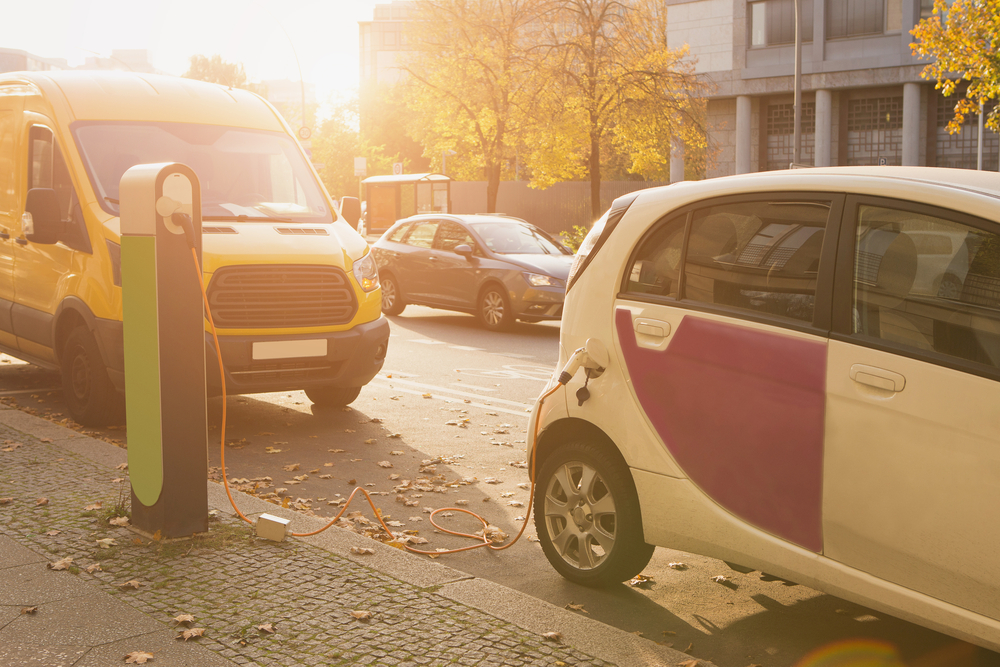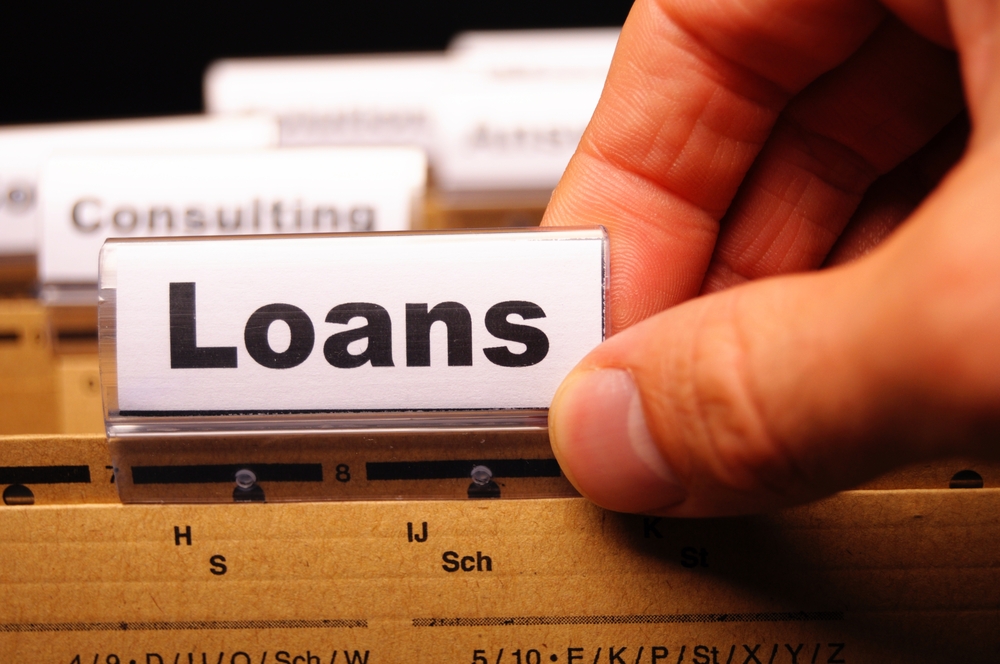The Future Lies In Shared Mobility And Electric Vehicles
With low running costs, EV in shared mobility is the true pinnacle of sustainability and future-ready societies

“Emergency” levels were the reading on the Air Quality Index according to the federal monitoring agency SAFAR for New Delhi in November 2020. As per the Air Quality Life Index by the Energy Policy Institute at the University of Chicago, the average Indian loses approximately 5.2 years due to particulate pollution. This makes India the second most polluted country in the world. A shift to cleaner and sustainable sources of energy is not just essential but also imminent.
Statistics show that vehicles that run on fossil fuel contribute to 60 per cent of PMs (particulate matter-related atmospheric pollution) and over 20 per cent of CO2. The rising crude oil prices certainly don't help with the situation. But to tackle a situation like this, one must understand the on-ground realities to create a solution.
Shared mobility has been rapidly gaining momentum in India in recent years. Several factors act as the cause. One, 82 per cent of Indians do not own a vehicle. Two, commuting in India is broken with most distances of more than 7 km not having a direct public transport option. Three, most Indians stay at an average of 1.8 km distance from any form of public transport. The result is that a vast majority of commuters depend on inadequate (public), unreliable (autos, friends/family), or expensive (cabs) transport options for their mobility needs.
Shared mobility solves the broken mobility problem by providing an economical commute option. Also, it resolves three other key issues faced by Tier 1 cities: pollution, lack of parking space, and traffic congestion. Conscientious Indians’ preference to rent/share resources rather than risk the rising total cost of private vehicle ownership acted as the catalyst for the rapid rise of shared mobility startups. Furthermore, surging fuel prices, taxation of automobile products at the level of luxury items, and customs duty hike on auto parts as per the new budget make shared mobility an enticing alternative.
Sales of electric vehicles (EV) have increasingly seen a rise in 2020. EV sales in India stood at 3.8 lakh units in 2019-2020. India is likely to see a steep adoption in EVs post-2025 and we are seeing a strong build-up to that in the industry. A report by India Energy Storage Alliance (IESA) states that the EV market in India is expected to hit over 63 lakh units mark per annum by 2027.
The culmination of global technologies in 2021 will result in the advancement of battery charging technology leading to lower downtimes, and the price drop of batteries which will expedite EV adoption. This effectively solves the two key bottlenecks in the rapid adoption of EVs.
The Government of India is targeting an overall EV penetration of 30 per cent of private vehicles by 2030. The further division would be 70 per cent for commercial cars, 40 per cent for buses, and 80 per cent for two and three-wheelers by providing various incentives. Also, they intend to set up at least one e-charging kiosk at each of the around 69,000 petrol pumps across the country.
State Governments and Municipal bodies are also providing the much-needed EV push. For instance, the New Delhi Municipal Corporation (NDMC) plans to install EV charging and battery swapping stations every 3 kms. The Delhi Government’s entire hired car fleet is also set to switch to EV soon. The Delhi Electric Vehicle policy also requires all delivery fleets to be at least 50 per cent electric by 2025 paving the way for EVs in sectors such as logistics as well.
This decade will see the rapid adoption of 5G and faster data technologies. The abundance of data, along with solid EV infrastructure will create a boom in shared-electric mobility.
Cutting-edge data and analytics solutions will help overcome key challenges associated with EVs and mass mobility. As India is still building its EV infrastructure, insights on driver patterns are obtained by large fleet operators such as Oye! Rickshaw, Uber, and Ola will help stakeholders set up infrastructure at the choicest locations. For instance, areas with high driver density and high traffic routes taken by e-rickshaws and e-taxis will help set up energy infrastructure for easy accessibility. This ensures that drivers do not go out of their way for their energy needs.
Optimum use of data will also enable seamless customer experiences through predictive-analytics and learning customer preferences.
EV technology will mature exponentially this decade, and possibilities such as wireless charging for EVs will be much closer than we think. The decade will open up a whole new approach to power management. Imagine the possibility of charging your car while it is parked in the mall or even while you are driving it. Experiments in Europe have successfully demonstrated wireless charging while driving - rapid developments in the area underway. The potential is endless.
Sustainability with superior experiences in time-saving and comfort is fast becoming the norm. If a solution is cost-effective even better. With running costs, only a fraction as compared to their respective crude oil counterparts, EVs in shared mobility are the true pinnacle of sustainability and future-ready societies.
The authors are the Founders of Oye! Rickshaw
DISCLAIMER: Views expressed are the authors' own, and Outlook Money does not necessarily subscribe to them. Outlook Money shall not be responsible for any damage caused to any person/organisation directly or indirectly.









